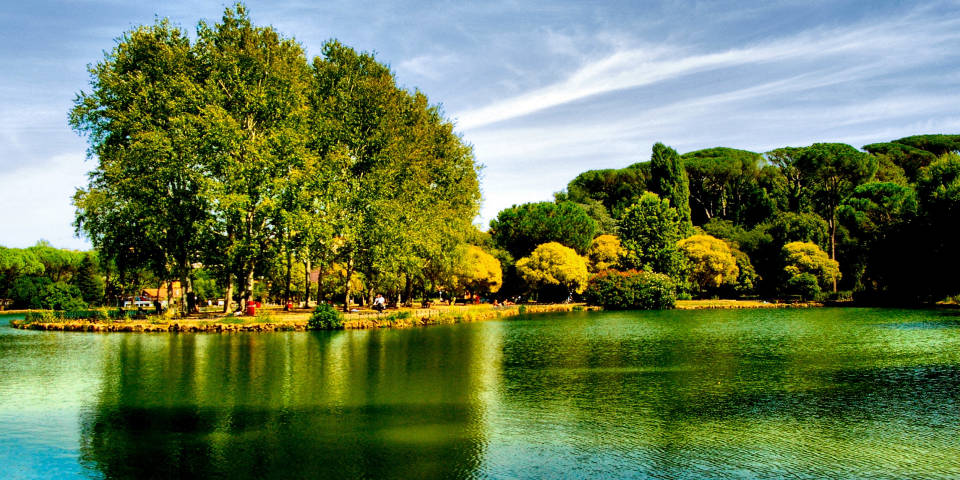

24849 views

| Tip | The specific working hours of Villa Ada may vary depending on the season and current regulations. However, as a public park, Villa Ada is generally open to visitors during daylight hours. Typically, the park opens in the morning and closes in the evening, aligning with daylight hours in Rome. |
|---|---|
| Closest bus stops |
|
| Closest subway stations |
|
| Address | Via Salaria, 267, Roma |
Villa Ada, nestled in the heart of Rome, is a sprawling oasis that offers respite from the bustling city. This magnificent park, steeped in history and natural beauty, stands as a testament to the grandeur of its past and the tranquility it offers present-day visitors.
As the largest public park in Rome, Villa Ada beckons with its lush greenery, picturesque lakes, and meandering paths that lead to hidden treasures. Whether you seek a peaceful retreat, an outdoor adventure, or a glimpse into the regal past of the Italian royal family, Villa Ada promises an unforgettable experience.
Contents
ToggleVilla Ada has a rich and intriguing history that spans several centuries. Originally known as the Villa Reale, it was owned by the Italian royal family and served as their private residence during the late 19th and early 20th centuries. First, King Vittorio Emanuele II frequented the villa, and later his son, King Umberto I. The estate underwent significant renovations and enhancements, transforming it into a grand retreat for royalty.
In 1872, the Italian government acquired the villa and its surrounding park and opened it to the public as a public park. It was named Villa Ada in honor of Ada, the wife of King Umberto I. The garden was meticulously landscaped and adorned with beautiful flora, including ancient trees, exotic plants, and colorful flowerbeds. In addition, the lakes within the park were expanded and enhanced, creating serene water features that added to the park’s charm.
During World War II, Villa Ada was occupied by German forces, who used the premises as their headquarters. After the war, the park was returned to public use and underwent restoration and revitalization. Today, Villa Ada is a beloved destination for Romans and tourists, offering a peaceful retreat amidst nature, with walking paths, picnic areas, and recreational facilities. It continues to be a cherished part of Rome’s cultural and historical heritage.
You may also like: Villa Torlonia, the residence of Mussolini
When visiting Villa Ada in Rome, there are several notable attractions and features to explore. Here are some of the highlights:
Whether you’re seeking a peaceful escape, a leisurely walk, or a spot for a picnic, Villa Ada offers a beautiful setting to relax and enjoy nature in the heart of Rome.
Here are some interesting facts about Villa Ada in Rome:
Author: Kate Zusmann
This website uses cookies. For more info read the cookies policy
Rome.us © 2025. Created with love by Roman experts and guides.